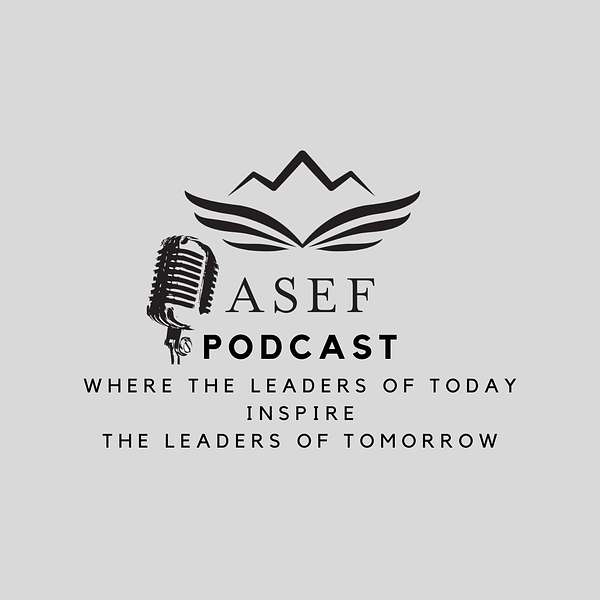
ASEF Podcast
The American Slovenian Education Foundation (ASEF) is the leading foundation fostering talented individuals and higher education of deserving Slovenians worldwide through its exchange Fellowship programs and promotion of Slovenian culture and language. In the ASEF Podcast, we interview professors about their research, best practices in their field, and their vision for the development of the field in Slovenia as well as collaboration amongst Slovenians worldwide.
Visit us at https://www.asef.net/ or reach us at podcast@asef.net.
The podcast's introductory theme is the "C Minor Jazz Blues Backing Track" by Quist.
ASEF Podcast
Episode #31: Computational biology
In this episode, we dive into computational biology, discussing protein structure prediction and the challenges of mapping the sequence-function relationships of proteins. We also touch on cryptic sites in proteins. Our guest, Peter Cimermančič, talks about his startup TesorAI, and we end with a discussion on reverse aging and our control over our biological destiny.
Peter Cimermančič is a co-founder of TesorAI, and has extensive experience in computational and structural biology, genomics, proteomics, target discovery and modulation
Timestamps:
0:50 What initially drew you to the field you are currently in, and what continues to motivate you in your research?
2:41 Early career and how would you compare your experience studying in Slovenia vs. abroad?
5:53 How and why did you decide to transition to the industry?
8:39 What prompted you to start your own business instead of staying in academia / staying in the industry(big tech)?
11:14 Protein structure prediction is arguably one of the most successful applications of deep learning in computational biology - can you tell us why is knowing 3D structure of proteins important?
16:05 Why is mapping the sequence-function of a given protein a challenge?
18:37 What kind of data sets (labeled / unlabeled) are used in modeling and what are some advantages/disadvantages of both?
20:56 Talking about Peter’s publication (Cimermancic P, et al., CryptoSite: Expanding the Druggable Proteome by Characterization and Prediction of Cryptic Binding Sites. J Mol Biol. 2016 Feb 22; https://doi.org/10.1016/j.jmb.2016.01.029 )
What defines a cryptic site in proteins, and how does it differ from traditional binding pockets?
23:10 What methods are employed to identify cryptic sites, both experimentally and computationally?
25:54 What impact did the prediction of cryptic sites have on the "druggable" human proteome?
26:42 What is TesorAI, what is the goal of the products and what are the plans for the future?
33:46 About TesorAI products
35:36 where do you get data to train models
36:32 Data in academic computational biology
37:22 What are the emerging trends and future directions in computational biology that are bound to make a significant impact on healthcare in the coming years?
40:21 Challenges in the field
41:35 How do you see the Slovenian startup space fitting in this field?
42:58 As our understanding of the human genome and proteome grows, what are the ethical considerations surrounding genetic engineering, gene editing, and personalized medicine? How do we balance the potential benefits of such technologies with concerns about privacy, equity, and unintended consequences?
46:00 Reverse aging and biological destiny
49:20/50:50 Book recommendations